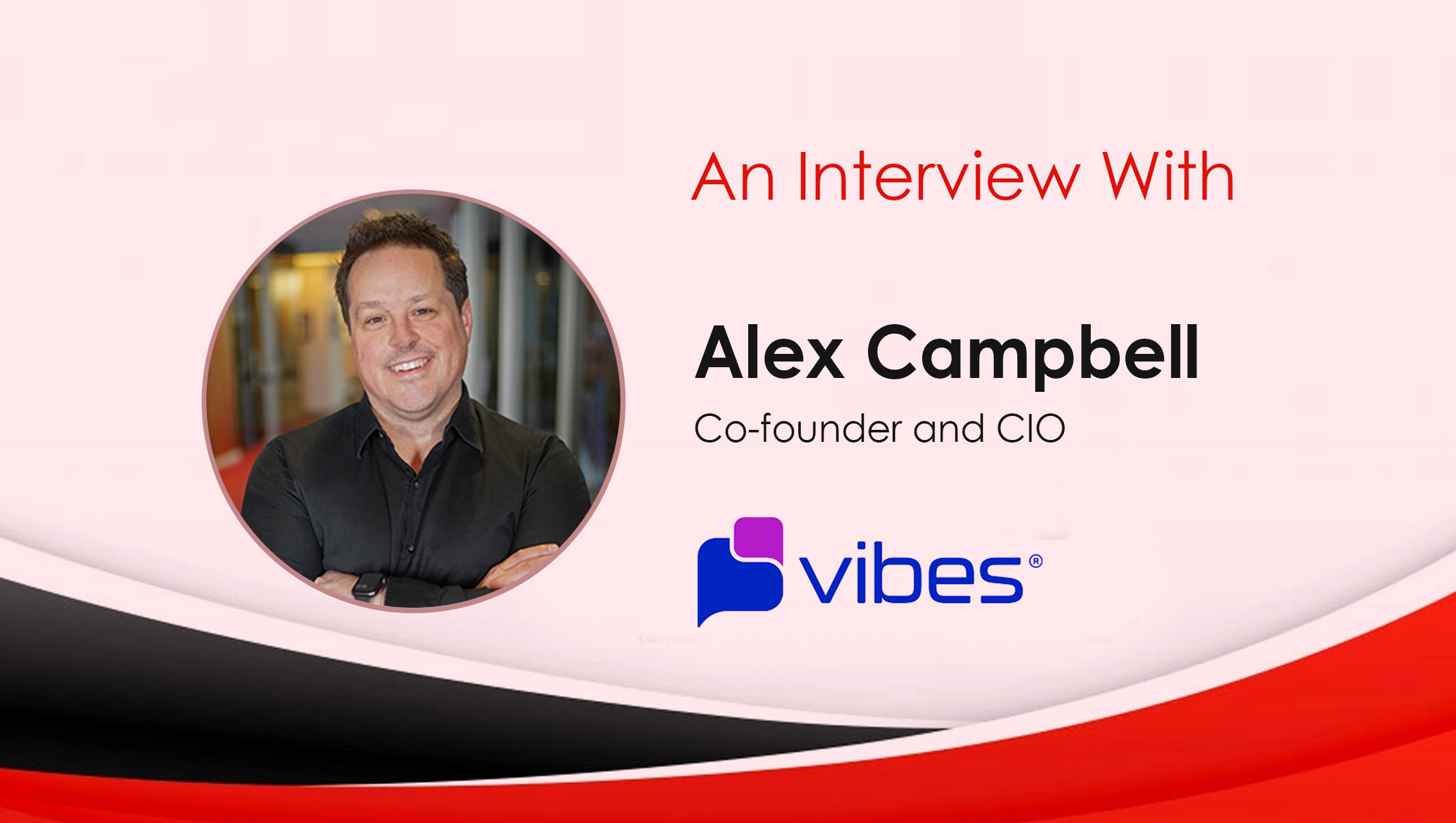In a digital world that can be accessed even from your watch, “user experience” has become mundane. Years ago, a standout website or app that would help a user to more easily make a purchase online was groundbreaking. Now, transactions are conducted with two clicks and a facial recognition — no thought about it. To stand out online today, engagement is the metrics to strive for: a website or app needs an experience geared toward people’s emotions.
Take gaming, for example. Video games used to be simply a way to pass the time. You would go to an arcade, put a quarter in a machine and the experience was limited to what the screen displayed. Today, video games such as Fortnite and Minecraft go far beyond the screen. Players can create their own characters and be part of their own communities. The digital experience is the human experience. The lines blur as the experience goes beyond the screen.
The way forward for digital marketers is obvious, and it stems from human experience (HX) design that engages consumers on a deep, emotional level.
Marin Recke noted in the Next Conference regarding digital trends that HX provides a perspective with a human touch, unlike UX (user-centric) or CX (customer-centric) design. The users are first and foremost human beings, and that should be prioritized.
You’re unclear about what human experience design is? You’re not alone. Human experience design emphasizes what is best for humans rather than what will best achieve one particular outcome. It takes their preferences into account.
So why is this concept so important and necessary for marketers in particular? Simply because we are all human beings. We live and make decisions based on our wants, needs, preferences and emotions.
People are overwhelmed with marketing right now. Transaction-based marketing is just more of the same. Humanized content builds a relationship with the buyer in a way that doesn’t feel transactional. This relationship and brand emotion keep buyers coming back. Humanized content and digital experiences will be the marketing strategies that stand out and prevail without being passed over like the rest.
Marketing Technology News: MarTech Interview with Debjani Deb, CEO at ZineOne
The evolution of the user experience
The phrase “user experience” refers to all facets of the end-user’s relationship with a company and its products and services. Years after this term was created and grew in popularity, user experience is now its own professional discipline. Researchers and designers were initially enthralled by the concept because it finally gave ways to definitively measure how well elements were communicating with customers visually.
Now, businesses have not only realized the power of design — “they’ve also found ways to monetize it and show the return on investment,” notes Amber Sawaya, “and that emphasis on monetization has often resulted in decision-making and design that manipulates users with addictive UX strategies, considering them users of a product above all, rather than as humans.”
Digital design was founded based on a transactional exchange. As it has scaled, digital transaction has become customary. Everything is possible in one or two clicks — scheduling an appointment, ordering food for delivery, purchasing a gift.
True engagement requires more than a couple of clicks that result in buying a product. Human experience design focuses on the people involved, rather than the product, and extends post-purchase to keep the customer engaged until they are ready to buy again.
The feelings and needs of humans
The core of human experience design is designing based on the human needs and feelings people have with your brand. Instead of focusing on how someone interacts with a product, turn toward how to engage people in experiences that play at their personal needs. The audience is more than a “user.” They are a person.
An example comes from a recent digital marketing effort by Ceros’ client Kimpton Hotels & Restaurants. The design elements are focused on what you want to experience when you go on a trip to relax. The blue water and warm sunshine draw you to the site in a way that a photograph and description of a nightstand wouldn’t. The words and imagery offer exploration, inquisitiveness and delight, first and foremost. You are eventually brought to where you can make the transaction of booking a room.
The digital experience is about the journey, not the destination. The storytelling engages people’s emotions, which lasts with them for long periods of time. Human experience design requires a change in frame of mind from the old ways. Its target isn’t the product you have but rather the experience your product can provide.
Marketing Technology News: Where is Digital Marketing Headed?
Making the shift to human experience design
Human experience design should be prominent in your work. Take your attention away from the transactions and look more at the goals of your audience. We are all human. Convey what drives us emotionally and supply what we need.
Be prepared for the time and effort that the shift to HXD will require. Don’t be discouraged by hindrances along the way. You may need to adjust the allocation of time and effort for certain areas of design. Remember that this isn’t about you; it’s about your customer.
Human experience design is newly indispensable to successful brand marketing, but the concept isn’t going anywhere. Storytelling that evokes emotion prompts engagement. Make your experience memorable. Results will follow.











